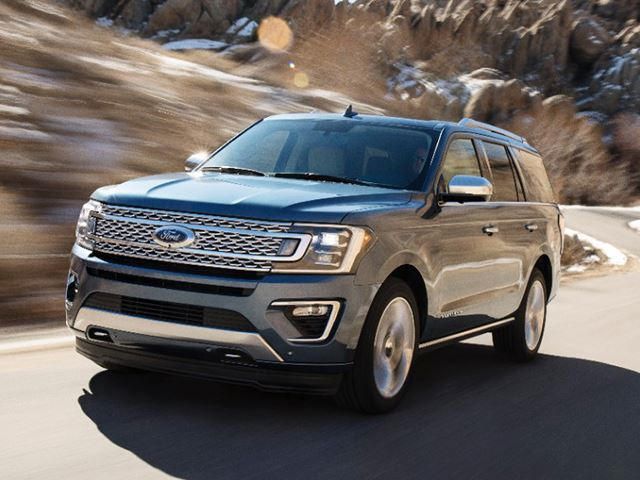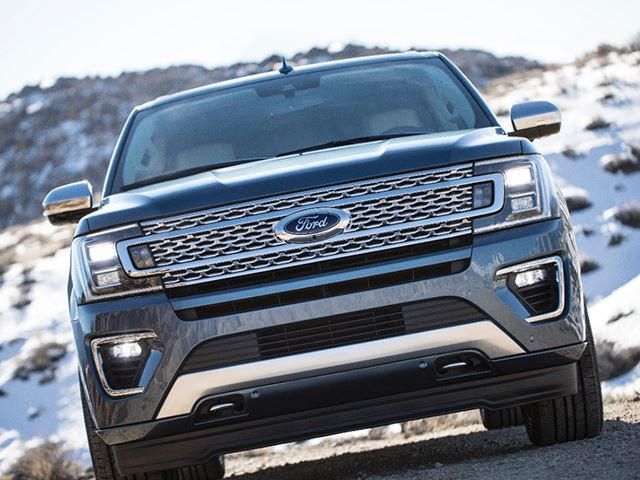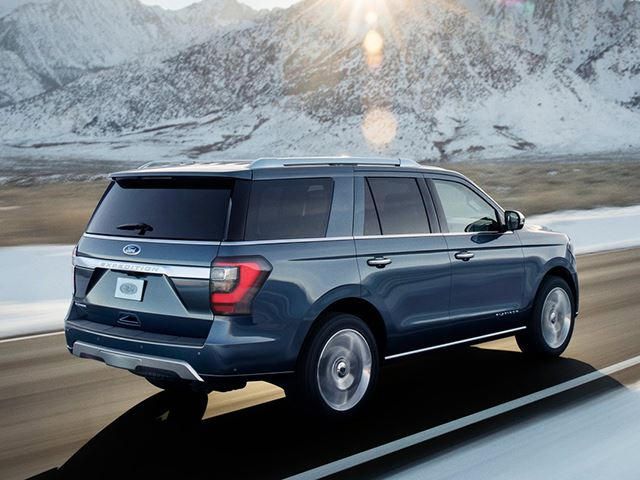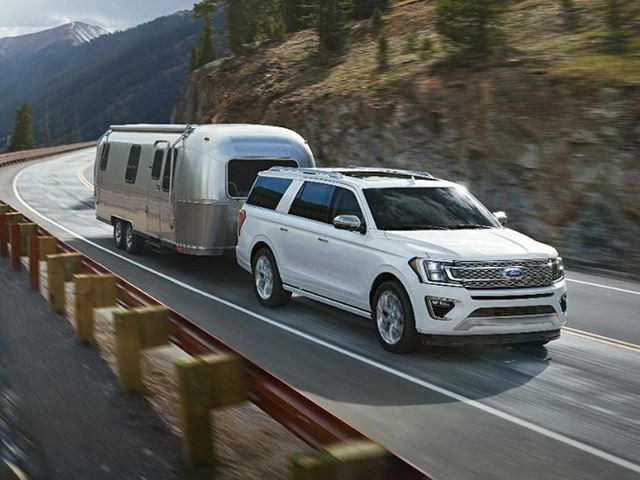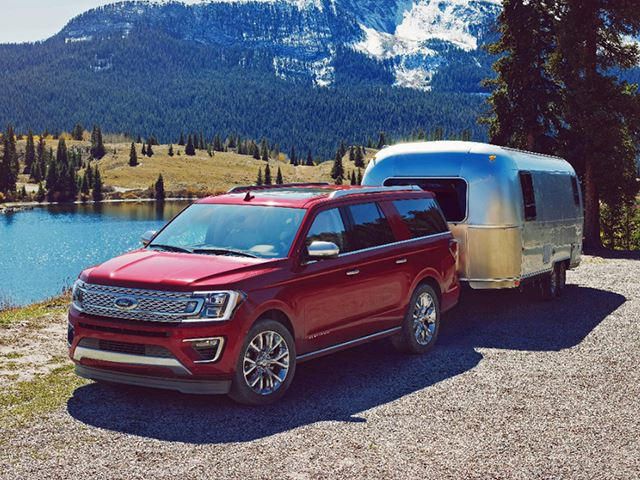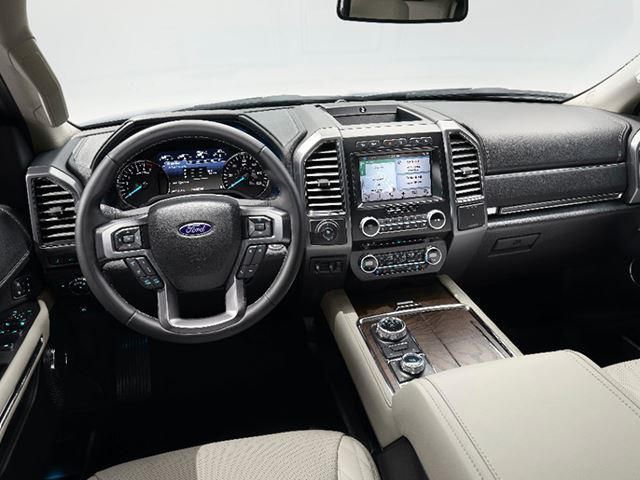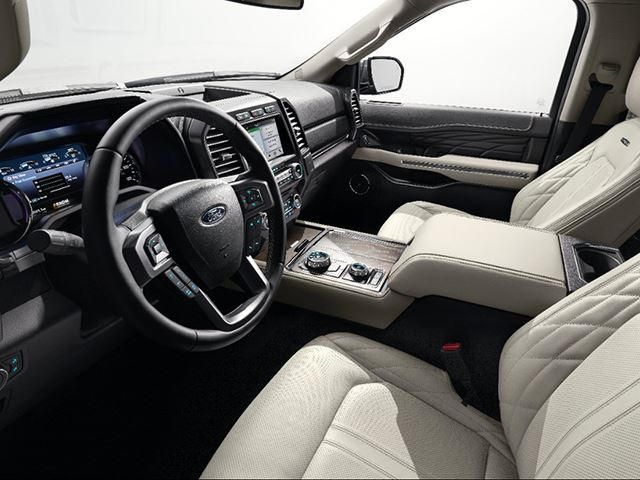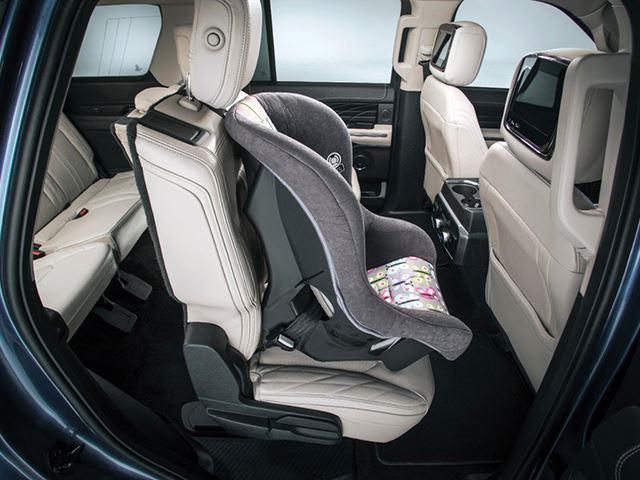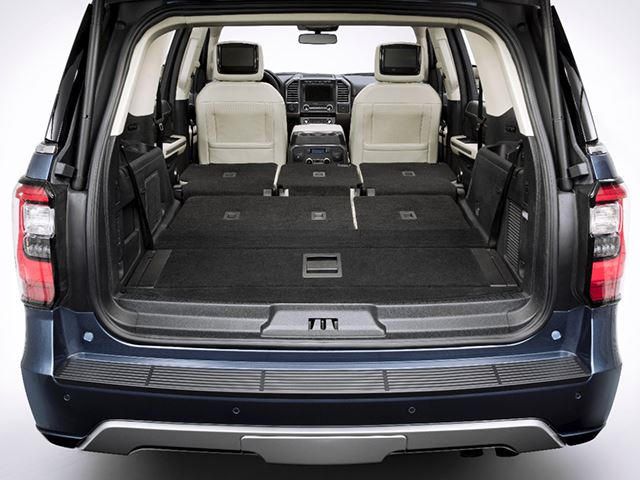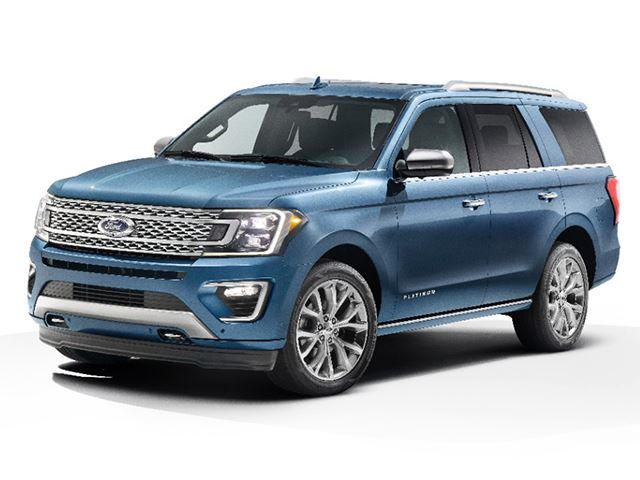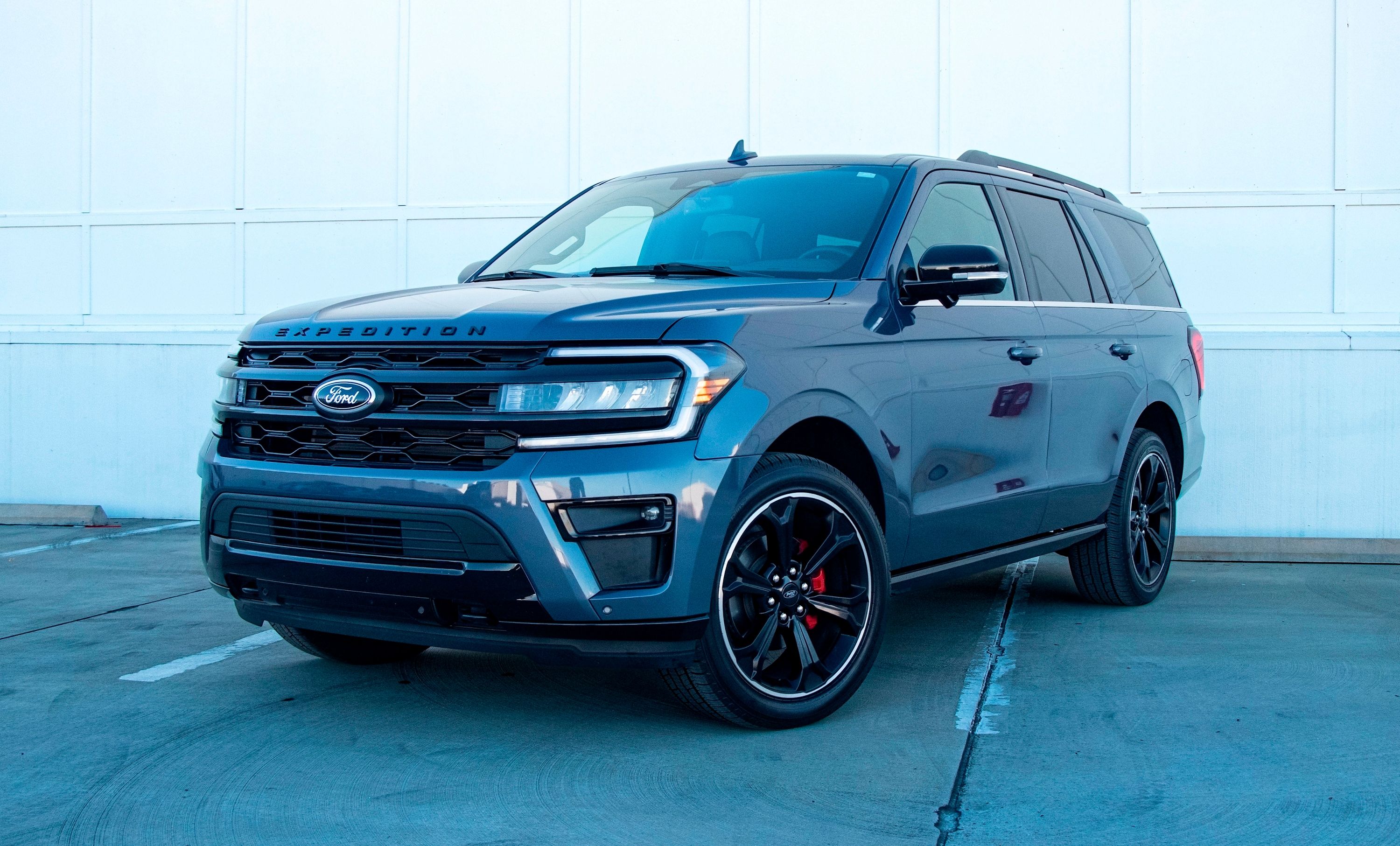
Some may marvel at the fact that SUVs have risen from the grave to continue the growth that the segment experienced before gas got expensive and the housing bubble burst, but to think the roomy homes on wheels we drive now are the same as they were before is to think wrong. Backing up that statement is the 2018 Ford Expedition, the newest evolution of Ford's largest available SUV. We knew huge changes were coming to the model long before this release, but now that it's here we can hardly believe our eyes.
That's because even though Ford has set production of its Flex to stop in 2020, the new Expedition's design seems to loosely embody the Flex, albeit with classical Expedition proportions. Actually, like most car models, the Expedition has grown over its predecessor, gaining four inches of wheelbase on the smaller version and having the larger Expedition L grow by an inch. Despite the upsizing and the addition of "more driver-assist technology than any other full-size SUV," the new Expedition is 300 pounds lighter thanks to the adoption of aluminum body panels and a high-strength steel frame. This is a substantial figure but nowhere near the 700 pound loss that the F-150 saw with the same weight-loss tactic.
However, Ford claims that much of the extra weight budget went into adding more than 40 features and driver-assist technologies to help make the new Expedition more maneuverable given its beefed up size and more competitive in the hot SUV market. These features include Ford's park assist aid, which we tested on the new Explorer and found to be incredibly helpful, that helps drivers get in and our of tight parallel or perpendicular parking spots, a 360-degree camera, adaptive cruise control with traffic jam assist, blind spot monitoring, and collision avoidance detection that uses cameras and radar to avoid pedestrians and other cars.
Driver and passenger amenities are aplenty with wireless phone charging, a Wi-Fi hotspot, a rear-seat entertainment package that embeds monitors in the headrests of the front seats, SYNC 3 (we promise it's not as bad as every makes it out to be), a 12-speaker Bang and Olufsen sound system, and a panoramic vista roof that sits over the first two rows. The third row gets an advanced cargo manager that helps keep cargo inside the car when the tailgate is opened on a hill. Meanwhile, power outlets of the 12-volt, 110-volt, and USB variety are slathered about the interior. In the captain's chair, enjoyment can be had thanks to a revised version of Ford's 3.5-liter EcoBoost V6 engine that comes mated to Ford's new ten-speed automatic gearbox.
Ford hasn't released specs on the updated power plant but it's worth noting that an F-150's EcoBoost engine is nearly identical and makes 375 horsepower and a punchy 470 lb-ft of torque. Off-road ability is preserved thanks to a new available electronic limited-slip differential on models with intelligent 4WD while the all-new Terrain Management System lets the computer dole out traction or alter vehicle dynamics with Normal for commutes around town, Sport for left-lane highway drives, Tow/Haul for…well, towing and hauling cargo, Eco for when the fuel gauge is close to E, Grass/Gravel/Snow for slippery surfaces, Sand for even looser terrain, and Mud/Rut for when the going gets as rough as it can get.
All of these features add up to a comfortable and practical vehicle for the extremes, such as when hauling eight people through bad terrain with gear in tow. Towing is made easy with Pro Trailer Backup Assist while getting said crew and gear inside the Expedition is also fairly easy thanks to a sliding second-row seat with something Ford calls tip-and-slide functionality that gives easy access to the third row without having to remove child seats in the second. Once in the third row, the extra inches of wheelbase become apparent with more legroom and reclining seats. A button press is all it takes to fold down the second and third row seats to unlock a living room's worth of cargo space.
If the new Expedition's looks and features aren't enticing enough, keep in mind that the model's range comes in around $48,000 to the low $70,000 mark, a price range that this new version is expected to stick to. Our biggest question is, will the upcoming Bronco get an aluminum body or some of these upgrades too?

